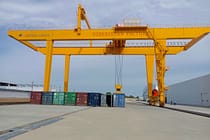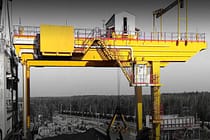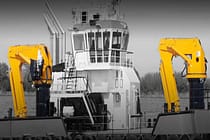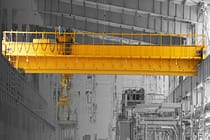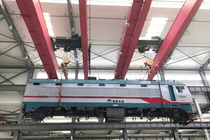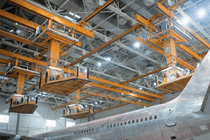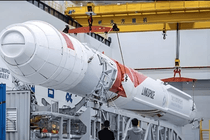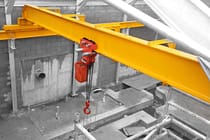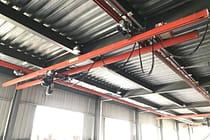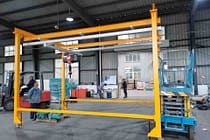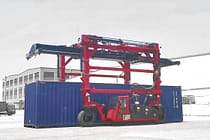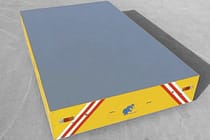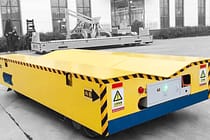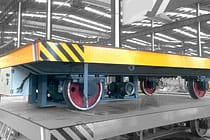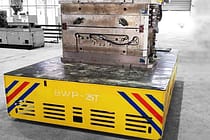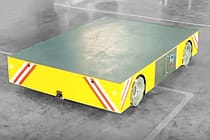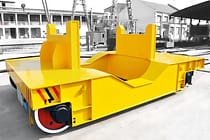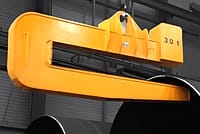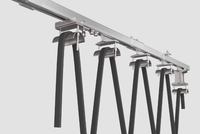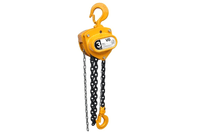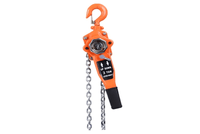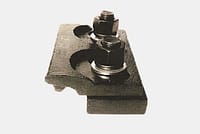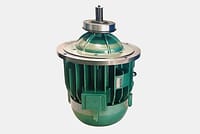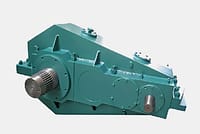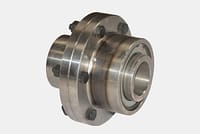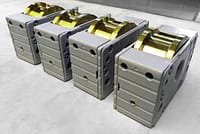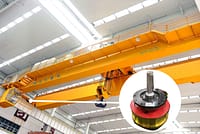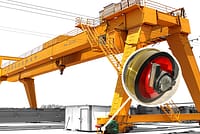Free-Standing Overhead Crane: Versatile And Cost-Effective
When it comes to materials handling, overhead cranes are an important tool for many industries. They are a safe and efficient way to move heavy loads within a facility. One type of crane that has become increasingly popular in recent years is the free-standing crane. This article examines the benefits of free-standing overhead cranes and explains why they are a versatile and cost-effective solution to your material handling needs.
What Is A Free-Standing Overhead Crane?
Free-standing overhead crane, sometimes referred to as bridge cranes, are fully self-supporting structures that are used to lift and move heavy loads horizontally. Unlike traditional overhead cranes, which are typically attached to the walls or ceilings of a building, free-standing overhead crane are designed to stand on their own, eliminating the need for additional support from the existing structure.

How Do Free-Standing Overhead Crane Work?
At the heart of a free-standing overhead crane is a horizontal beam, also known as a bridge. This beam spans the width of the workspace and supports the hoist and trolley system. The hoist and trolley system is used to lift and transport heavy loads horizontally along the length of the bridge.
The upright columns, or vertical supports, hold up the horizontal beam or bridge. These columns form the foundation of the crane and provide stability and support to the entire structure.
To operate the crane, the material to be lifted and moved is attached to the hoist and trolley system. The hoist and trolley system are then moved along the length of the bridge, moving the material from one location to another. Once the material has reached its destination, it is unloaded using the same process as loading.
Free-standing overhead cranes can be operated using a variety of control systems, including pendant controls, radio controls, and cabin controls. Pendant controls are handheld devices that allow operators to control the crane’s movements from the ground level. Radio controls use wireless technology to allow operators to control the crane from a distance. Cabin controls, on the other hand, involve operating the crane from inside a dedicated control room located near the crane.
How Free-Standing Overhead Crane Can Be Cost Effective?
Free-standing overhead crane have been gaining popularity in recent years due to their cost-effectiveness. But how exactly do these cranes save businesses money?
First and foremost, free standing overhead crane do not require additional support from an existing building or structure. This means that they can be installed almost anywhere, eliminating the need for costly retrofitting. Traditional overhead crane, require attachment to the walls or ceilings of a building, which can be quite expensive.
In addition to their versatility in terms of installation location, free standing overhead cranes also offer improved efficiency. These cranes can cover more ground than traditional overhead cranes, and their range of motion can be customized to fit the specific needs of the facility. This allows for more efficient material handling, ultimately saving businesses time and money.
Another factor contributing to the cost-effectiveness of free-standing overhead crane is their reduced maintenance costs. These cranes require less maintenance compared to traditional overhead cranes, as they have fewer components and are easier to access for repairs. Additionally, if maintenance or repairs are needed, a free-standing EOT crane can be easily relocated, reducing downtime and minimizing disruptions to operations.

Benefits Of Free-Standing Overhead Crane
Increased Versatility
One of the primary advantages of free standing overhead crane is their increased versatility. Unlike traditional bridge crane that require attachment to the building structure or walls, free-standing bridge cranes stand on their own and can be placed anywhere in a facility. This allows for greater flexibility in terms of operation and enables businesses to optimize their floor space efficiently. Free-standing EOT cranes can also be easily relocated and reassembled as needed, making them ideal for facilities that require flexible workspaces.
Improved Efficiency
Another major benefit of a free-standing EOT crane is improved efficiency. These cranes can be operated with minimal human intervention, reducing the risk of accidents and injuries. They are equipped with advanced automation technologies such as sensors, cameras, and software that enable precise positioning and movement of loads. This improves the speed and accuracy of material handling operations, resulting in faster turnaround times and increased productivity.
Reduced Costs
Additionally, free-standing bridge crane offer reduced costs compared to other types of cranes. As they do not require any attachment to the building structure, there is no need for expensive modifications to the facility to accommodate the crane. Furthermore, these cranes are highly customizable and can be configured to meet specific business requirements, which helps to reduce unnecessary expenses.
Applications Of Free-Standing Overhead Crane
- Manufacturing Industry:In manufacturing facilities, free-standing overhead cranes are commonly used to transport raw materials, parts, and finished products between different workstations. With their ability to lift and transport heavy loads, these cranes enable workers to move materials around the facility with ease, reducing the risk of injury and increasing efficiency.
- Warehousing And Logistics:Free-standing bridge cranes are also widely used in warehouses and logistics centers. They are ideal for moving heavy goods in and out of storage areas, loading docks, and shipping containers. The flexibility of these cranes means they can be easily moved and re-positioned to suit changing storage requirements.
- Food Industry Workshop:In the food industry, a free-standing EOT crane can greatly increase efficiency and safety in a workshop setting. These cranes can be used to move heavy loads of ingredients or finished products around the workshop floor, reducing the need for manual labor and decreasing the risk of injury to employees. Furthermore, because these cranes are free-standing, they can be easily moved to different locations within the workshop as needed, providing flexibility and adaptability to changing production needs.
- Concrete Industry:In the concrete industry, free-standing overhead crane can be used to lift and transport concrete forms, reinforcing steel, and other materials throughout the construction site. With their ability to reach high heights and span long distances, free-standing bridge crane provide a key advantage over traditional material-handling methods such as forklifts and hoists. Additionally, because free-standing EOT cranes are self-supporting, they do not require any additional support structures or foundations, making them ideal for use in temporary worksites where permanent structures cannot be erected.
Free standing overhead crane is a versatile and cost-effective solution for lifting and moving heavy materials horizontally. They offer many advantages over traditional overhead cranes, including increased flexibility in terms of installation location, reduced costs, and improved efficiency. These cranes have found applications across various industries and can provide great value to businesses seeking heavy-lifting solutions.
Send Your Inquiry
- Email: sales@hndfcrane.com
- WhatsApp: +86 191 3738 6654
- Telegram: +86 191 3738 6654
- Tel: +86-373-581 8299
- Fax: +86-373-215 7000
- Add: Changnao Industrial District, Xinxiang City, Henan Province, China
 WeChat
WeChat








